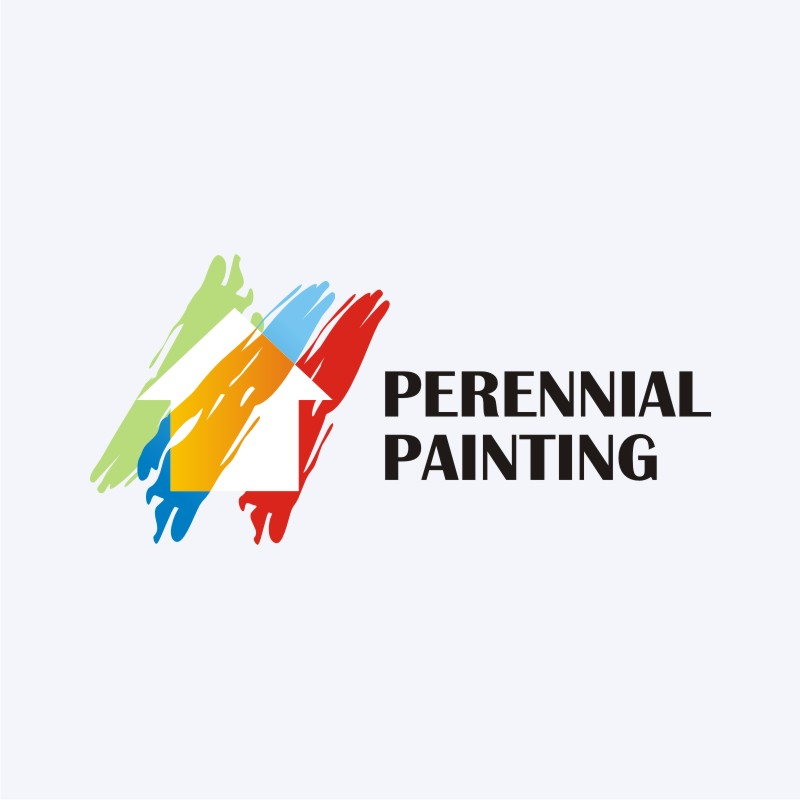Comprehensive Recommendations For Ready-Making Your Walls For Repainting
Comprehensive Recommendations For Ready-Making Your Walls For Repainting
Blog Article
Web Content By-Mathiasen Lemming
When you're prepping your wall surfaces for painting, it's important to adhere to a systematic procedure to make sure a flawless coating. Beginning by taking a look at the wall for any damage; this action can make or break your job. Once you've determined any type of concerns, cleaning up the surface appropriately is vital, as a filthy wall surface can affect paint adhesion. After that, you'll require to patch any type of imperfections and apply a guide. However there specify methods and pointers that can elevate your preparation game-- allow's explore those additional to achieve the most effective results.
Assessing Wall Surface Problem
Prior to you order your paintbrush, take a minute to assess your walls' problem. Look for any kind of visible damages like splits, holes, or peeling off paint. These imperfections can impact how the paint sticks and looks as soon as it's dry. If you observe any type of significant damage, you'll require to prioritize fixings before diving right into painting.
Look carefully at the texture of your walls. Is the surface smooth, or is there appearance that might need unique factor to consider? Smooth wall surfaces typically call for less preparation, while distinctive surfaces may need even more time to repaint uniformly.
Likewise, take into consideration the previous paint task. If the old paint is shiny, it mightn't permit new paint to stick appropriately. You'll want to know if your walls have actually been repainted with oil-based or water-based paint, as this can impact your choice of guide or paint.
Finally, take note of any type of wetness problems. If you see indicators of water damages or mold, address these troubles immediately to prevent further issues.
Cleaning the Surface area
As soon as you've assessed the problem of your walls, the next action is cleaning up the surface. Start by collecting your products: a bucket, warm water, a mild detergent, a sponge or fabric, and a scrub brush for harder areas.
Begin at the top edge of the wall surface and work your method down. https://holdenpydkq.ja-blog.com/33302189/eco-conscious-covering-options-what-you-ought-to-understand with cozy water in your container, after that dip the sponge or fabric right into the option. Wring it bent on prevent extreme wetness on the wall surfaces.
As you clean, pay very close attention to areas that might've accumulated dust, oil, or finger prints. For persistent spots, use the scrub brush carefully to avoid damaging the paint beneath. Wash your sponge or cloth frequently in clean water to prevent spreading dust around.
After cleaning, it's necessary to clean the wall surfaces with a wet fabric to remove any soap deposit. This action makes sure a smooth surface area for the new paint to comply with.
Enable the walls to dry entirely prior to carrying on to the following preparation actions. This detailed cleaning process will certainly help create a fresh canvas for your painting job, ensuring the most effective outcomes.
Patching and Priming
Patching and priming are important action in preparing your walls for a fresh coat of paint. Initially, inspect https://www.idealhome.co.uk/news/kelly-hoppen-advice-painting-skirting-boards-264539 for any kind of holes, splits, or blemishes. Use a top quality spackling compound or patching paste to load these locations.
Use the compound with a putty blade, smoothing it out so it's flush with the bordering surface area. Enable it to dry entirely, and afterwards sand it lightly up until it's smooth and even.
Once you have actually covered whatever, it's time to prime. Primer helps secure the covered areas, guaranteeing the paint adheres effectively and gives an uniform finish. Pick a primer appropriate for your wall type and the paint you'll be utilizing.
Use the guide using a roller for bigger areas and a brush for corners and edges. If your patched locations are significantly large or permeable, you may wish to apply a 2nd layer of guide after the initial one dries out.
After priming, let everything dry completely before moving on to paint. This preparation won't just boost the look of your walls but additionally prolong the life of your paint job.
Take your time, and you'll be pleased with the outcomes.
Conclusion
By following these simple steps, you can attain a smooth and specialist finish on your wall surfaces. Begin by assessing their problem, after that clean and spot any imperfections prior to using guide. Keep in mind to permit sufficient drying out time and make certain every little thing is smooth prior to you study painting. With the right preparation, you'll set the stage for an attractive improvement in your space. Currently, gather your products, breathe in the fresh air, and get ready to repaint!
